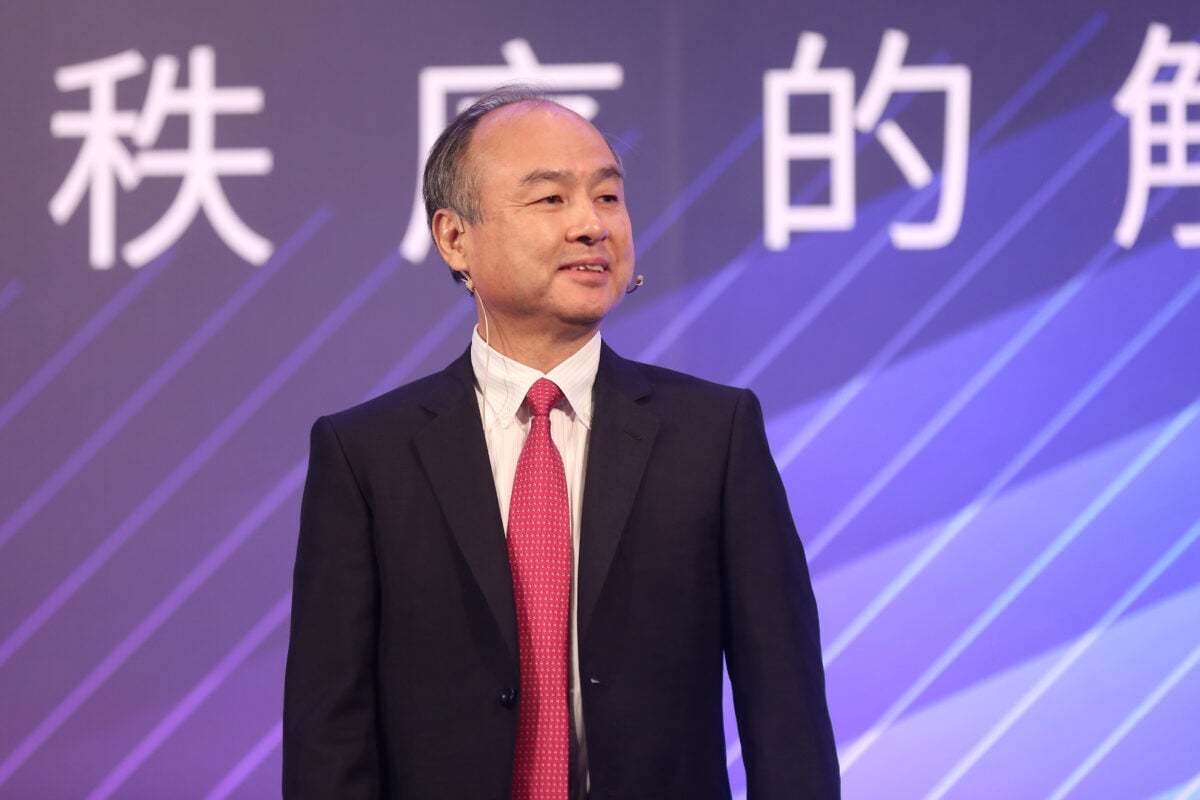TLDRs:
Contents
- SoftBank boosts its Nvidia holdings to $3B, signaling deeper investments in AI hardware.
- Masayoshi Son explores a $1 trillion AI hub in Arizona with TSMC and Samsung.
- Strategic bets in Oracle and TSMC aim to rebuild SoftBank’s lost exposure to AI infrastructure.
- SoftBank’s AI investments align with U.S. efforts to localize semiconductor production amid global tensions.
SoftBank Group has significantly increased its exposure to the global AI race, raising its stake in Nvidia to $3 billion by March 2025, up from $1 billion the previous quarter.
The Japanese conglomerate, known for its bold bets on technology through its Vision Fund, also acquired $330 million worth of shares in TSMC and invested $170 million in Oracle, according to regulatory filings.
This strategic portfolio repositioning marks a dramatic pivot back toward AI infrastructure after SoftBank infamously sold a 4.9% stake in Nvidia in 2019, a stake now valued at over $200 billion, dwarfing SoftBank’s current $119 billion market cap. The company’s recent moves appear aimed at recapturing that lost momentum amid the explosive growth in AI chip demand.
Son’s Redemption Arc After Nvidia Exit Misstep
The renewed hardware push follows years of financial setbacks for SoftBank’s Vision Fund, which was forced to liquidate promising tech positions during market downturns. Founder Masayoshi Son is now seeking redemption through smaller, more calculated bets in critical AI infrastructure providers.
Beyond public equities, the company is also aligning itself with U.S. national interests. In June 2025, SoftBank raised $4.8 billion by offloading part of its stake in T-Mobile, likely earmarked for AI and chip investments. This capital injection may also support an audacious initiative dubbed “Project Crystal Land.”
A $1 Trillion Vision for Arizona
Son’s trillion-dollar vision involves building a massive AI and robotics industrial complex in Arizona, in partnership with TSMC and Samsung.
The proposed “Shenzhen of the West” is designed to serve as a manufacturing and innovation hub, reducing America’s reliance on Asian supply chains.
While TSMC has stated the project won’t affect its existing $165 billion investment in Phoenix, discussions with U.S. state and federal officials are ongoing. Tax incentives and infrastructure support will likely determine the feasibility of the mega-project, which seeks to mirror successful tech ecosystems by combining fabrication, research, and high-skilled labor.
SoftBank Bets on the AI Gold Rush
SoftBank’s aggressive AI positioning arrives at a time of heightened geopolitical tensions between the U.S. and China, especially in semiconductor technology. The company’s investment strategy may place it in Washington’s good graces as the U.S. accelerates efforts to shore up domestic chip production.
With AI chip revenues projected to exceed $150 billion in 2025 and the global semiconductor market expected to surpass $1 trillion by 2030, SoftBank’s recalibrated bets may still pay offdespite the massive cost of its earlier Nvidia exit.
As Son repositions SoftBank as a key player in the AI hardware arms race, the world will be watching to see if his latest gambit turns redemption into legacy.


